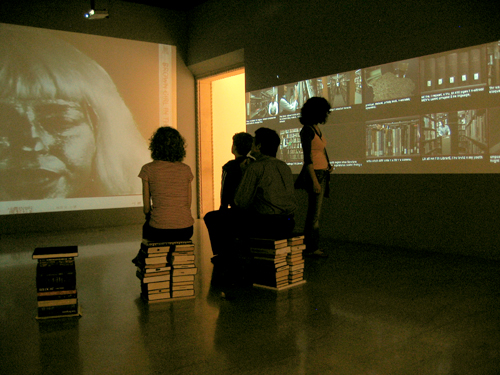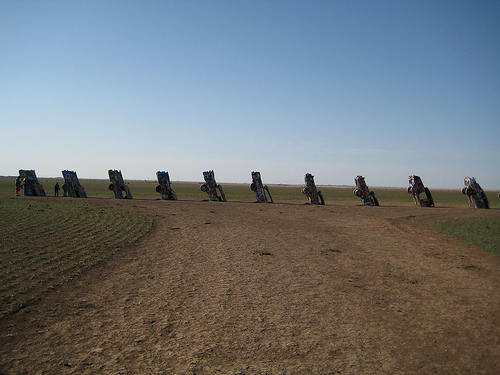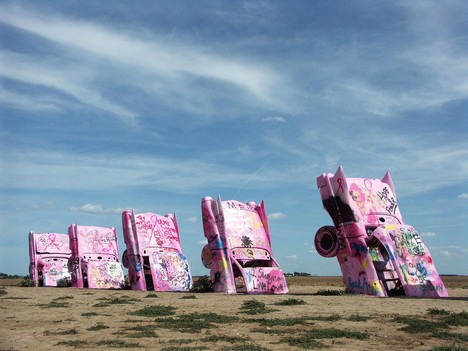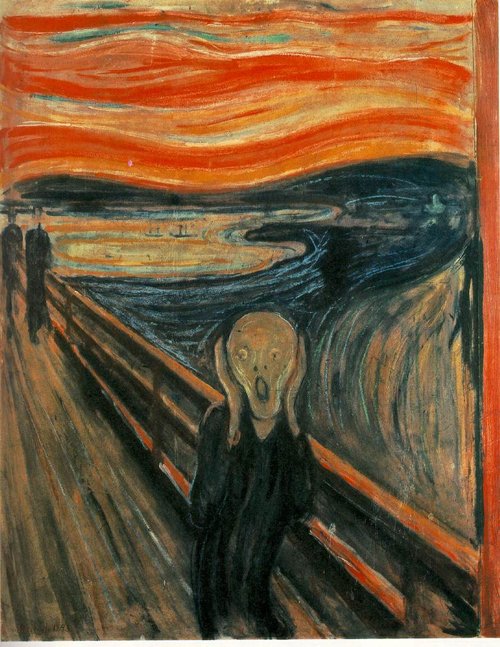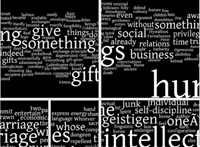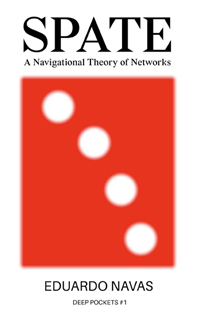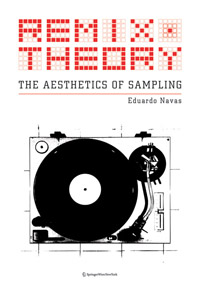Reggae, Dub and Memory Play: Paul D. Miller – interviewed by Eduardo Navas

[photo: joi ito]
This interview was originally published on Vague Terrain for their August 2008 Digital Dub Issue.
Paul D. Miller, AKA DJ Spooky is a multitasker. He is known for his music productions, as well as his art and film projects. He also has been writing about art and culture for many years. In the last few years, Miller has worked with Trojan Records to develop compilations about Reggae and Dub with a critical yet playful take on the complexities of Jamaica. Most recently, he edited Sound Unbound for MIT Press, a book which comprises a set of texts about the influence of sound in media and culture at large. In the following interview, DJ Spooky, discusses his current projects in a global context, and motivates us to move beyond basic binaries onto a more productive and creative state.
Eduardo Navas: In your most recent Recording Project “Creation Rebel” as well as “DJ Spooky Presents In Fine Style 50,000 Volts of Trojan Records!!!” you write short historical essays about the culture of Reggae, Dub and the Big Sound System. You are also very careful to present your position as a cultural insider, given that you used to visit Jamaica as a kid; and you also state that you were approached by Trojan Records, rather than the other way around, which would otherwise place you, regardless of ethnicity, in a position of “explorer” or Neo-colonial. Based on all this can you explain how you see colonial ideology at play in Jamaica today?
DJ Spooky: The situation Jamaica faces today is part of a global cycle of hyper capitalism – even the Cayman Islands used to be part of Jamaica… anyway, yeah, the whole system is based on production models that privilege the “developed” economies over the “developing” ones. From Mugabe in Zimbabwe to Thabo Mbeki in South Africa, Kim Jong Il in North Korea, or Hugo Chavez in Venezuela, and Ahmadinejad in Iran, people in “developing” economies are faced with rulers just as flawed as anything the U.S. can summon up with people like Bush or Reagan. I tend to think that everything is connected. My Trojan records project is an exploration of the archives of one of my favorite record labels during a time of intense political upheaval. But it’s also about showing how people make music out of their circumstances.



